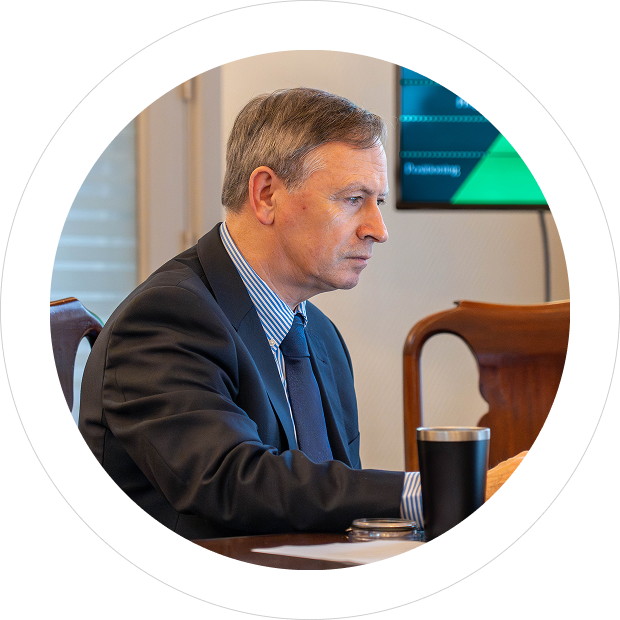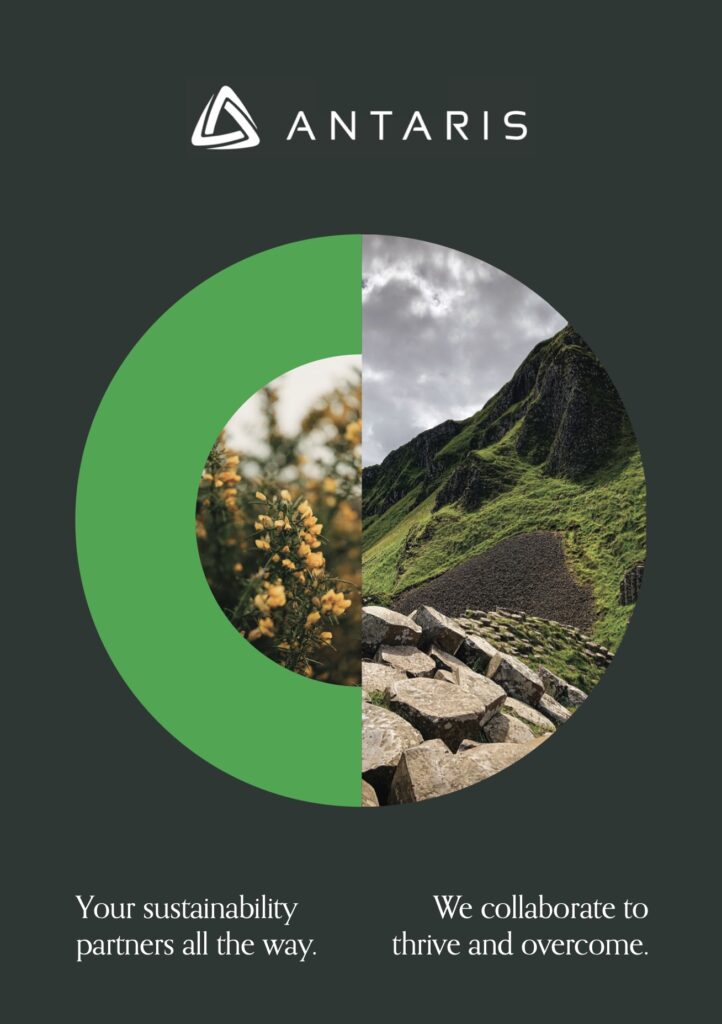As the world moves full steam ahead toward net-zero targets, there’s been a serious push to clean up how we cool and refrigerate things. Between natural refrigerants, clever heat pumps, and energy-efficient kit, the way we manage temperature-sensitive spaces is being transformed. But here’s the thing amid all this innovation, there’s a quiet but serious risk bubbling under the surface: the increased danger of fire and explosion in areas where the atmosphere is already a bit on the risky side, thanks to flammable refrigerants.
The Drive Towards Decarbonisation
Cooling and refrigeration are essential players across the board whether it’s keeping your food fresh, medicines stable, or factory floors running smoothly. Traditionally, these systems have leaned on synthetic gases like hydrofluorocarbons (HFCs), which pack a hefty global warming punch. In response, the industry is turning to natural alternatives like ammonia (R717) and propane (R290) all of which offer much lower global warming potential.
These gases are a step in the right direction for the planet, no doubt. Take R290, for instance low emissions, great performance. But there’s a catch: many of these natural refrigerants are either flammable or operate under high pressure. That’s where things start to get tricky, especially in places where explosive atmospheres are already part of the equation.
The Hidden Risk: Flammable Refrigerants in Hazardous Zones
In sectors like oil and gas, chemical processing, and even parts of the food industry, explosive atmospheres are par for the course whether it’s from vapours, dust, or both. Bringing flammable refrigerants into these kinds of spaces adds fuel to the fire, quite literally.
Two key risks crop up:
- Ignition Sources-Anything from electrical panels to compressors could set things off.
- Extra Fuel– The refrigerants themselves add more flammable material to an already volatile mix.
Yes, there are regulations like ATEX here in Europe and NEC across the Atlantic to help keep things safe. But here’s the rub newer decarbonisation systems, like low-charge or modular units, sometimes slip through the cracks in these regulations. They might be technically compliant but still bring untested risk when used in tricky environments.
Gaps in Regulation and Awareness
Part of the problem is that the standards we rely on haven’t quite kept pace with the speed of change. Regulations exist, but they’re often a step or two behind the tech. This creates blind spots areas where refrigerants are cleared for general use but haven’t been fully vetted for high-risk zones.
And let’s be honest: not everyone on the ground is fully tuned in to these emerging risks. Engineers, facility managers, even health and safety teams if they’re retrofitting old gear with shiny new systems, they mightn’t realise the implications for fire or explosion hazards. That’s a big concern.
Engineering and Operational Controls
To tackle this properly, we need to approach it from all angles. No half-measures here.
- Risk Assessments – Every new refrigerant needs to be run through a full HAZOP (hazard and operability study), especially in hazardous zones.
- Engineering Controls – Intrinsically safe kit, gas detection, good ventilation, and proper enclosures should all be part of the design.
- Training and Procedures – Staff need more than a basic understanding of refrigerants. They need to know how to work safely in explosive atmospheres, and what to do if things go wrong.
- Design Standards – Systems must meet both global and local standards. Don’t retrofit and hope for the best build with safety and decarbonisation in mind from the start.
Looking Ahead
This push for decarbonisation in cooling and refrigeration isn’t just a climate box to tick. It’s a full-on tech revolution. But as with any major shift, it brings new challenges, and sometimes unintended consequences. The fire and explosion risks linked to flammable refrigerants are one such issue that can’t be brushed aside.
To get this right, we’ll need a bit of joined-up thinking where environmental ambition, engineering know-how, and safety regulations all pull in the same direction. With the right balance, we can have our climate action and keep the workplace safe too.
References:
https://iifiir.org
https://www.unep.org/ozonaction
https://www.ashrae.org
https://ec.europa.eu
https://www.iec.ch
https://www.refrigerantsnaturally.org
https://www.umweltbundesamt.de
https://www.hse.gov.uk
https://www.journals.elsevier.com/international-journal-of-refrigeration








